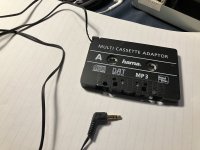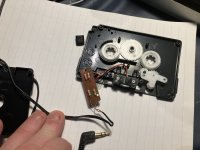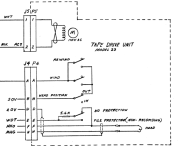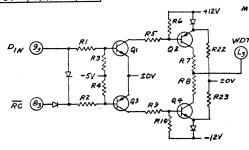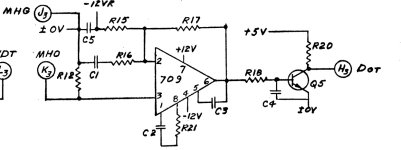BlaBla1985
Experienced Member
I tried to play back some of the tapes that have data on them (according to the labels stuff should be on there with verification codes and all)... but none of the 3 tape decks I have at hand work. Since I never use them i guess all the belts are gone. They don't transport the tape at all, or try to make tape salad (glad I caught that one on time).
That will have to be put off for now then, as I'll need some time to go over the other decks to see what would be needed to get those fixed. Maybe the 3rd belt I ordered fit any of the now not working decks to get one going again.
I used This one for the motor to the main flywheel
and This one from the flywheel to the tape transports
That will have to be put off for now then, as I'll need some time to go over the other decks to see what would be needed to get those fixed. Maybe the 3rd belt I ordered fit any of the now not working decks to get one going again.
I don't think the belts are a problem anymore, as the tape transports are very smooth now. Unless the motor is bad and the tape deck is no long running at the correct speed.Please let us know if the belts end up working ok and what the ebay listing is. As Ill pick up a set for my 700.
I used This one for the motor to the main flywheel
and This one from the flywheel to the tape transports
Last edited:

